This accessory, which remains stored for most of the year, is still irreplaceable for walking in the rain and not ending up in rags. These are the keys to distinguishing a good umbrella from a bad one and how to choose the right one.
In cities where the wind is rather moderate, the umbrella is the key tool to arrive dry at your destination, whether at work, at university or at home. As it rains less and less in the central area, the custom of having a good umbrella has faded, and many people, wary of the weather forecast, are content to buy them on the street when they see the drops falling. Really. However, gutter umbrellas have a well-deserved bad reputation: they tend to die after a few uses, their ribs break when the wind is strong, and if it’s a downpour, the fabric can even crack. .
Umbrellas, even if we use them little, should not be disposable. Less in these times when we are increasingly aware of the waste we generate. That’s why we’ve put together a series of criteria to consider before buying a durable and reliable umbrella. In this way we ensure that it has a long life and accompanies us on rare but always intense rainy days.
The origin of the umbrella
This portable utensil, as we well know, is used to shelter from the rain. It consists of an axis and a link covered with fabric or other material, which can be extended and bent.
According to Aquae Foundation , the earliest record of protective umbrellas comes from ancient Egypt over 3500 years ago. At first, these were simple palm leaves attached to a stick. Over time, they became an object used by nobles and religious leaders.
During the Renaissance, the umbrella enjoyed a resurgence among nobility and royalty, although it did not yet have the technology to effectively repel rain. In the 16th and 17th centuries, in France, Italy and England, umbrellas were made of silk and other expensive materials. Its design, which could already be opened and closed more easily, closely resembled those worn by Roman and Greek women in the 4th century BC.
But the innovations that had a big impact on this accessory were the introduction of pocket umbrellas, by Hans Haupt in 1928, and the modern folding mechanism, developed by Bradford E. Phillips in 1969.
Now, after so many centuries, what features should a good umbrella have? Is there a way to know if, in addition to preventing us from getting wet, it will be able to last for many years? To find out, we have established five criteria to take into account.
1. Weather protection
In general, the larger the canopy of an umbrella, the better it can protect you from the rain. At the same time, the more diameter it has, the more it will be sensitive to the wind which, if it is very strong, can damage its canvas or its rods.
In some parts of the country, like Punta Arenas or some coastal towns, the winds are so strong — they can reach 100 kilometers per hour — that no one uses an umbrella. People only rely on their parkas or their raincoats.
For more central cities, the wind is less likely to wreak havoc on umbrellas. However, if you plan to make an investment for several years, the umbrella must also be resistant to possible storms. If you have a compact Teflon cover, it will surely perform better in terms of its ability to repel rain.
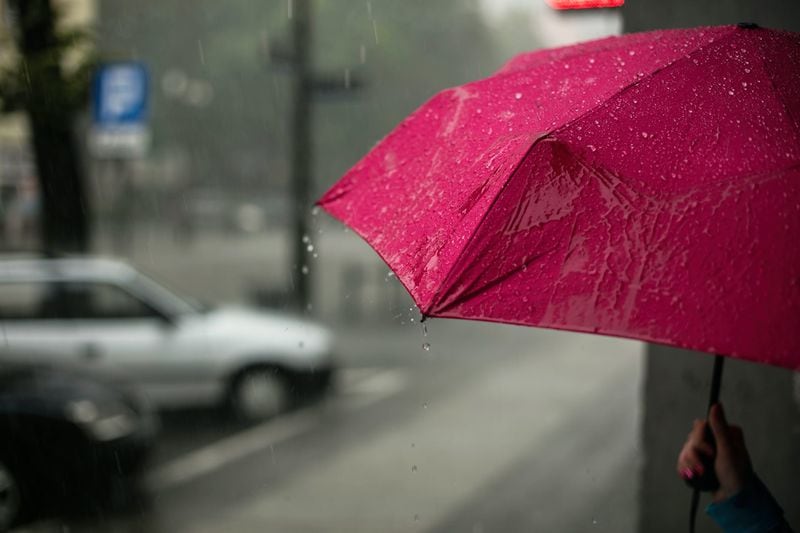
2.Size
There are umbrellas of different diameters. Some are able to cover up to two people, but most are only for one person and some barely protect a very thin person. When buying, the idea is to make sure beforehand that its size is the right one for you and your lifestyle.
In general, a canopy diameter of at least 38 inches, or just under a meter, is recommended to adequately cover a person. But if you have children or you like to walk as a couple, there are also umbrellas with larger diameters.
3. Materials
At this point, there are several innovations in terms of umbrella material. Of course, its fabric must be waterproof, but now there are also some that are UV resistant and some that can withstand the forces of the wind. Normally, the good umbrellas indicate in their description the material with which they are made, either in pongee fabric -light and waterproof-, in vinyl -heavier but resistant- or in reinforced polyester (some have a pearly polyurethane coating, which makes them even more resistant).
4.Structure
The structure of the umbrella consists of a skeleton composed of rods which, when opened, form the canopy. Specialist sites recommend looking for ones with at least eight ribs, hopefully fiberglass, a lightweight material but stronger, more flexible and wind resistant than aluminum.
When the descriptions say 10 or 8 pieces, they are referring to the number of ribs the umbrella has. Those of eight are usually the minimum for medium or pocket umbrellas. There are mini umbrellas, which are made up of six, but if the idea is to play it safe, it’s best to get a sturdier umbrella, which hopefully has more than 10 ribs. The best thing, although a bit heavier, is to have a 16.
5. Sustainability
It’s a common misconception that the bigger and heavier the umbrella, the stronger and more durable it will be. It is the support strength of the umbrella canopy – determined by the quality and quantity of its ribs – that will determine how well it will perform and whether or not it will fail in use. In turn, this is related to the materials with which it is made. A small and light umbrella, but of good quality, and supporting much more than a large but bought in the street.
Certain types of umbrellas
At first glance, they all look alike. However, each umbrella has its particularity. These are a few types that stand out european umbrellas .
pocket umbrella
Foldable and practical, these pocket umbrellas are the most convenient to carry in bags, backpacks and purses. Perfect for rainy cities, to take on a trip or when rain is forecast for the afternoon. The first Knirps branded pocket umbrella hit the market over 80 years ago.
Green umbrella with transparent mango Bimba y Lola
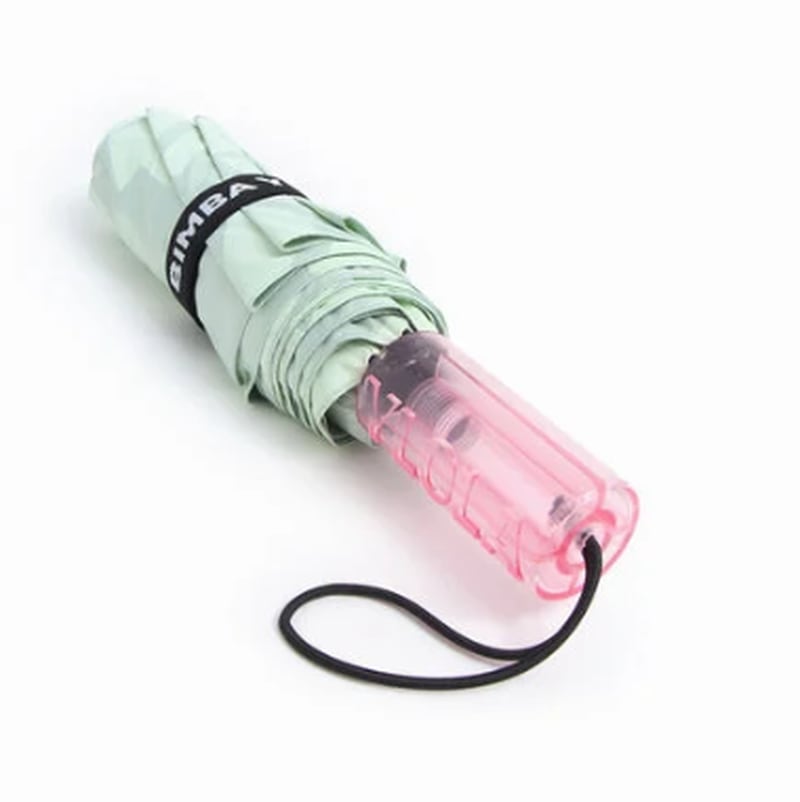
Long or Long Umbrella
The covers of these umbrellas are much larger than pocket ones. More stylish, they are well suited to those who benefit from using the umbrella as a cane once the rain has stopped.
Umbrella Pluvia Basic Topless PVC
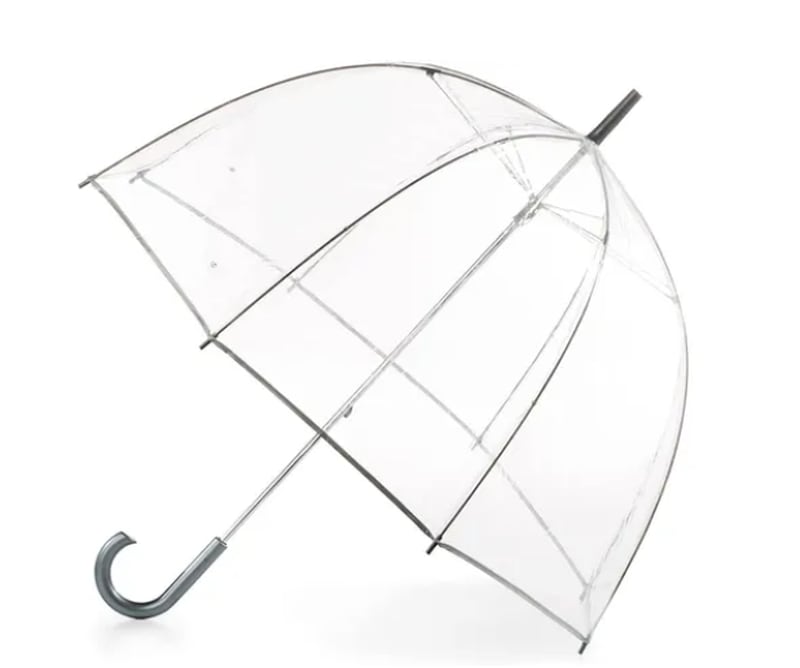
golf umbrella
These are shorter and shallower, ideal for use on short journeys or at specific times. They are characterized by a light and fast folding, and as a peculiarity their handle is straight and not curved, to distinguish themselves from golf clubs once placed in the trolley. Perfect to have in the car.
Inesis Profilter Small Golf Umbrella
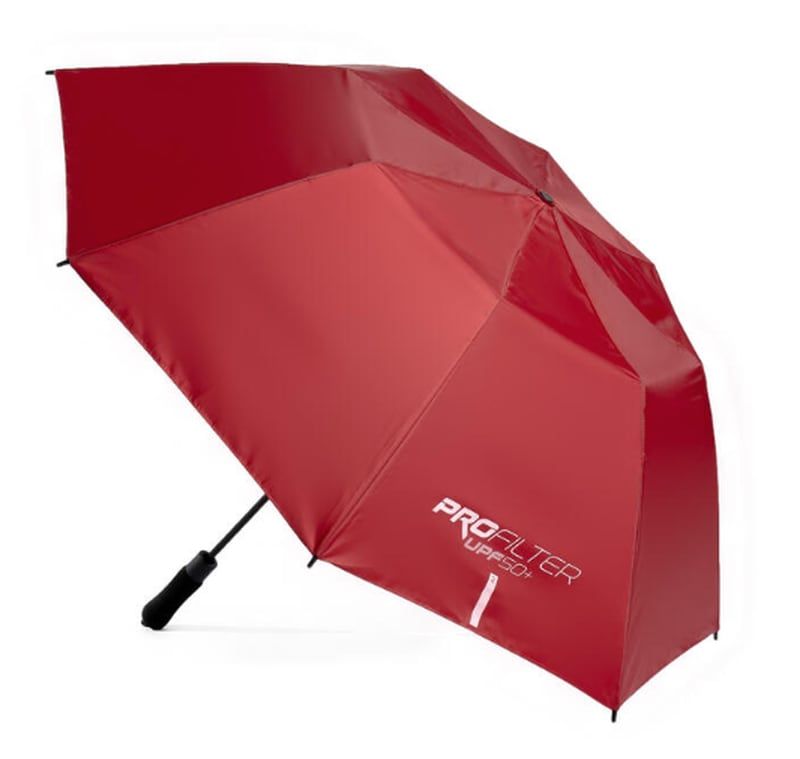
Umbrella “Porter”
It is a synonym for “visiting umbrella”, which takes its name from the hotel porters, who carried them to receive and leave passengers. Unlike the golf umbrella, this one has a curved handle.
Umbrella 16 ribs
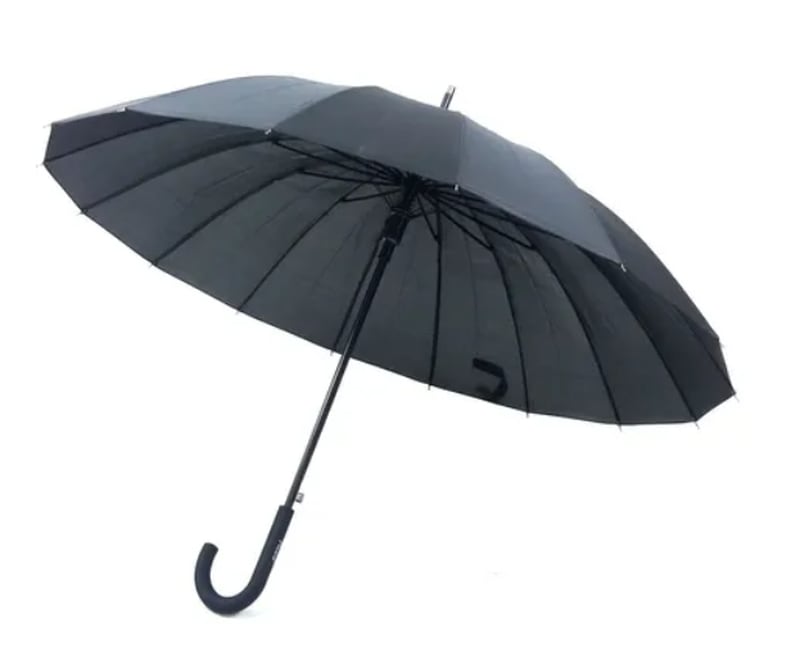
*Prices for products in this item are updated as of August 21, 2023. Values and availability are subject to change.
Source: Latercera
I’m Rose Brown , a journalist and writer with over 10 years of experience in the news industry. I specialize in covering tennis-related news for Athletistic, a leading sports media website. My writing is highly regarded for its quick turnaround and accuracy, as well as my ability to tell compelling stories about the sport.


